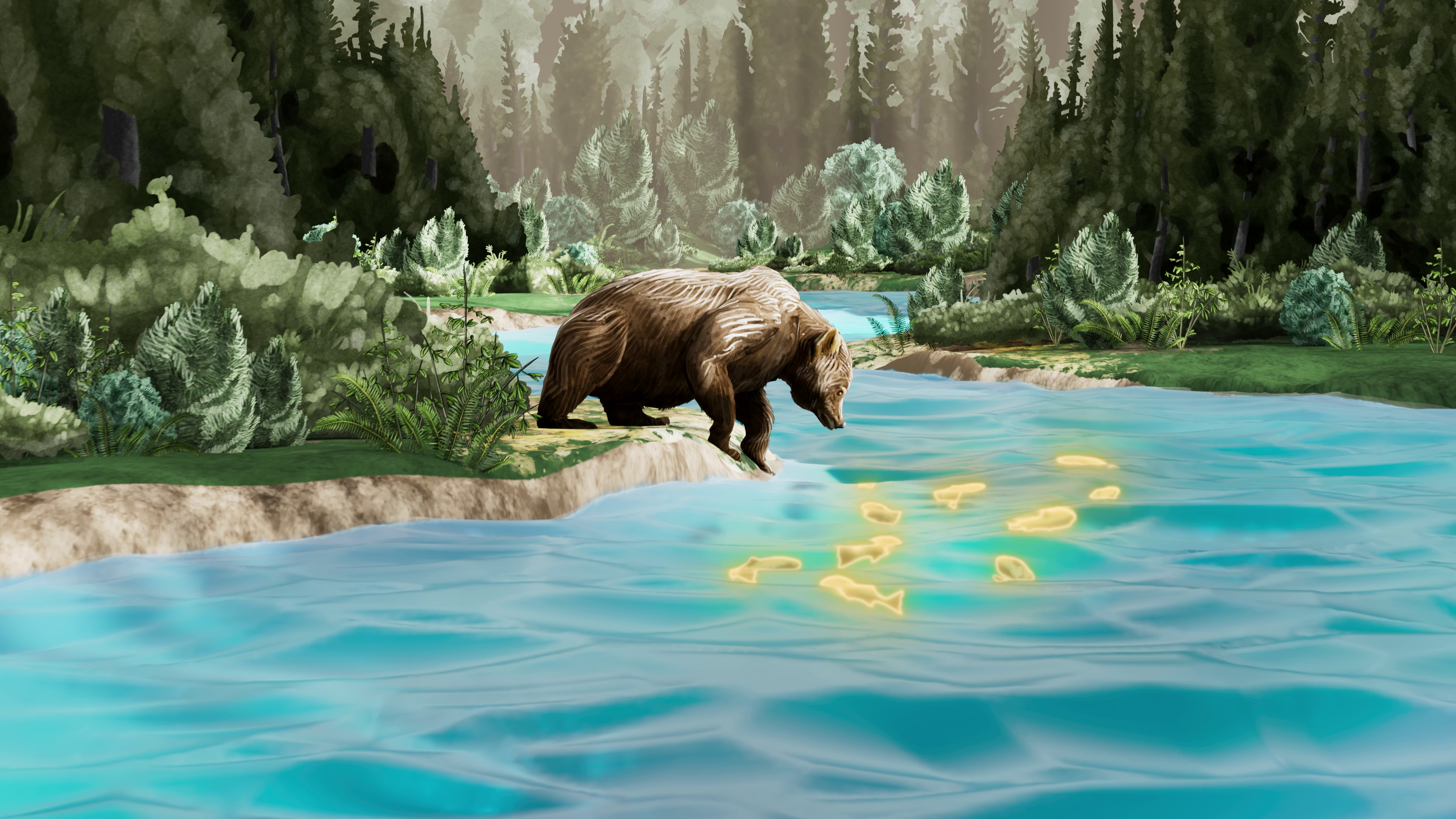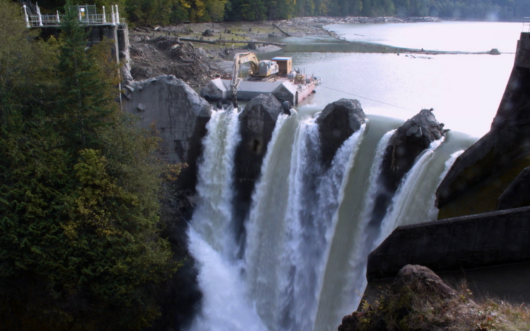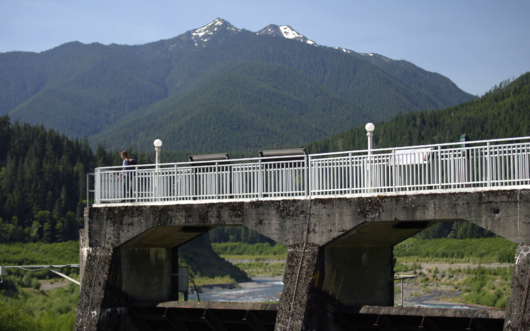Bring biodiversity, salmon, and Indigenous conservation into your classroom.
Explore how cultural leadership, scientific collaboration, and ecological resilience can revive an entire watershed and strengthen the connection between people and place. This educator guide supports classroom discussion, NGSS-aligned learning, and hands-on opportunities for student engagement.
GRADES
9 – 12+
SUBJECTS
Biology, Storytelling, Ecology, Indigenous Conservation
Episode Overview
The Beautiful Undammed tells the story of the Elwha River’s extraordinary ecological rebirth in Washington State following the largest dam removal project in U.S. history. For over a century, two hydroelectric dams blocked salmon runs and disrupted the cultural and ecological lifeways of the Lower Elwha Klallam Tribe, whose people have lived along the river for millennia.
The film highlights how the tribe, alongside scientists, conservation groups, and federal partners, led a decades-long effort to remove the dams and restore the river. Since the dams came down, salmon have returned to ancestral spawning grounds, revitalizing the food web and supporting bears, eagles, and countless other species. Sediment once trapped behind the dams now nourishes the riverbanks and estuary, reshaping the landscape and rebuilding critical habitat.
Discussion Questions
- (Before the film) How might changes in an environment (whether natural or human-caused) cause some species to decline and others to become more common?
- How did damming affect the Elwha River and its associated ecosystems?
- Create a conceptual model of the salmon “nutrient express” that brings ocean nutrients into the Elwha River ecosystem. Include the essential plants and animals.
- The film provides an example of rewilding: a conservation approach that replaces human influences with natural ecological processes. What might be some pros and cons of rewilding? Where do you think rewilding might be more or less effective?
Key Concepts
- Biocultural Restoration: The process of revitalizing both ecological systems and the cultural practices, knowledge, and values of the communities that are intrinsically connected to those ecosystems.
- Keystone Species: Key species play outsized role in keeping their ecosystems diverse and stable
- Nutrient Cycling: The natural process by which essential elements like carbon, nitrogen, and phosphorus move between living organisms and the environment, getting reused and recycled to support life and maintain ecosystem health.



